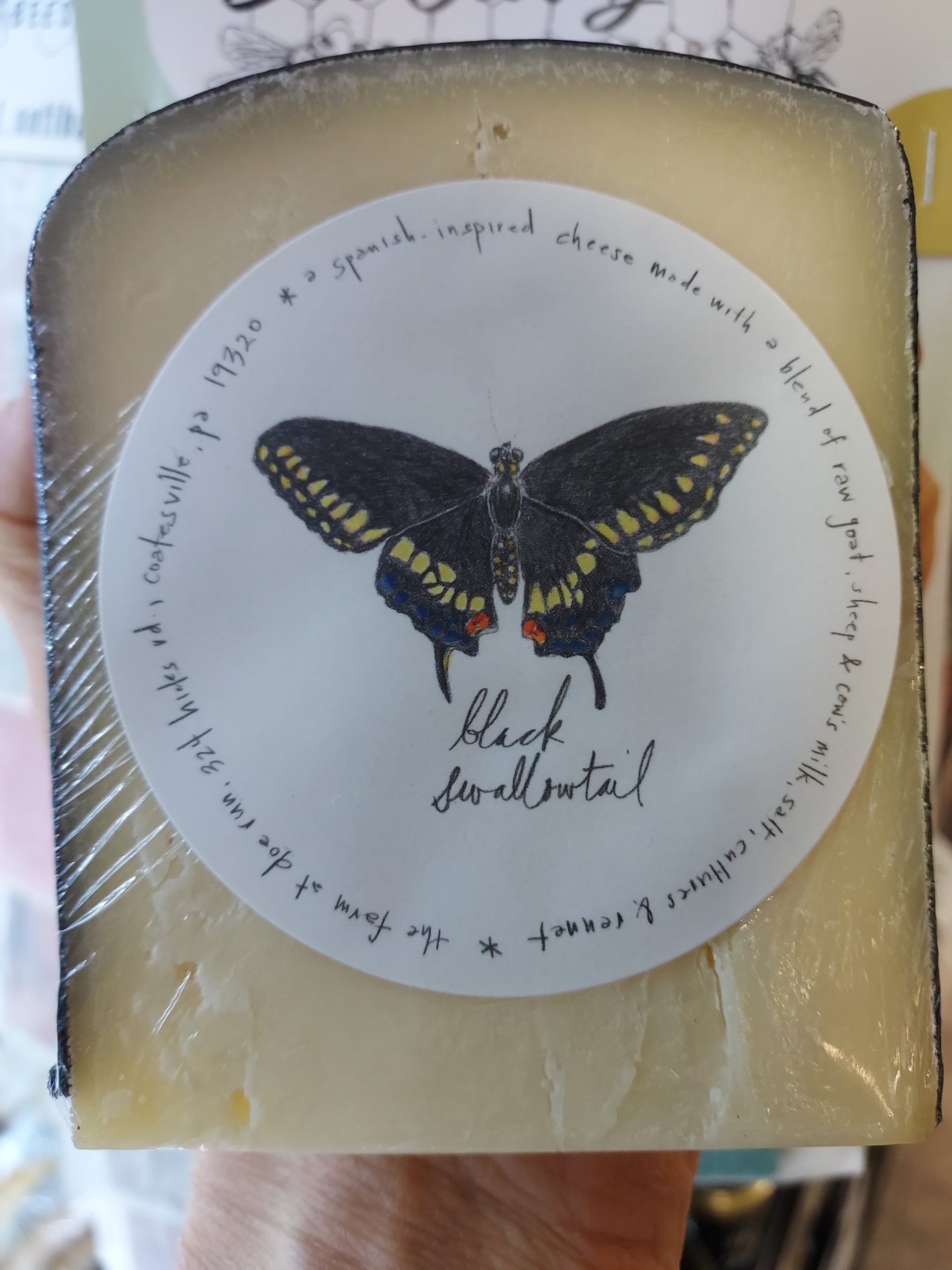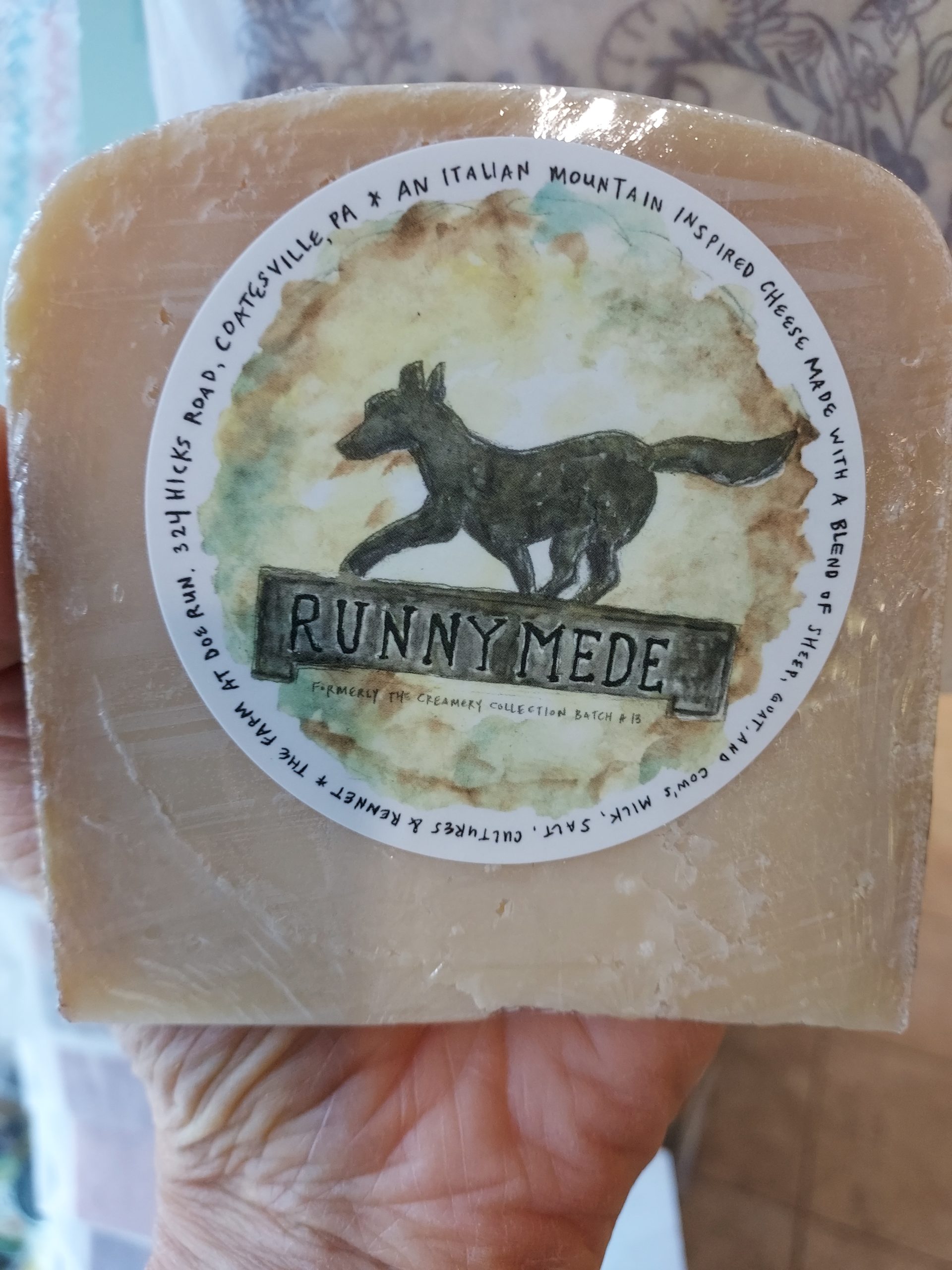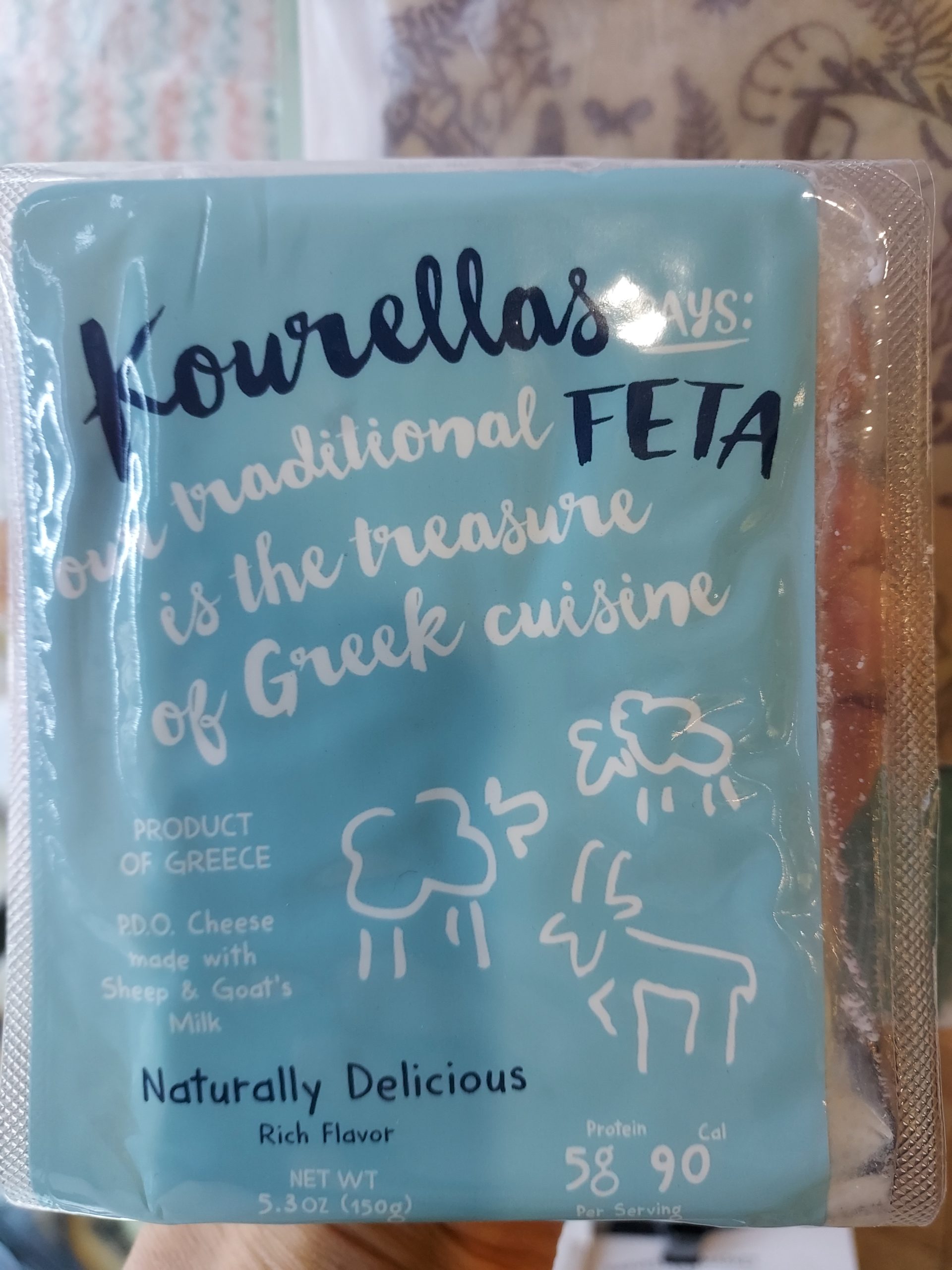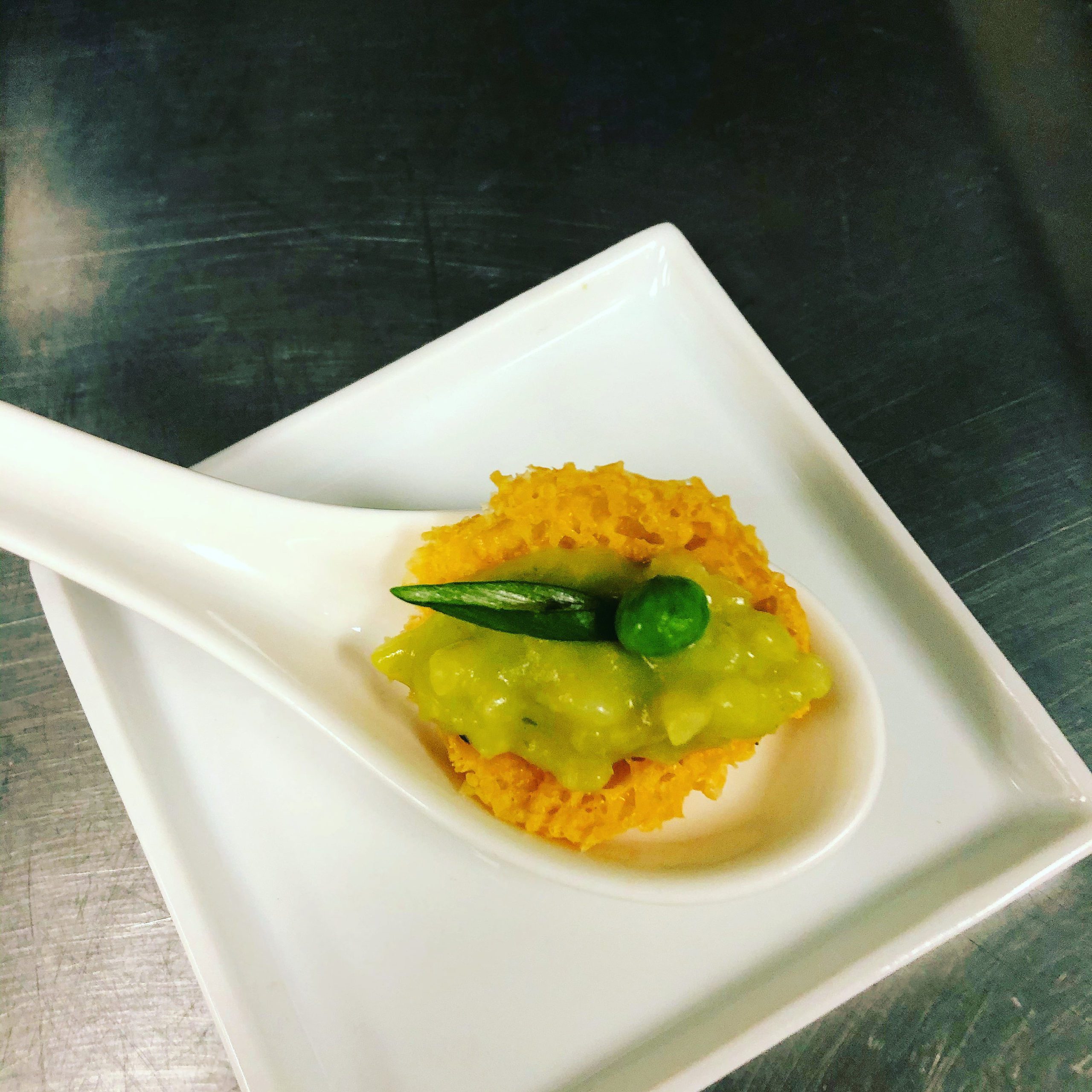New Cheeses & Returning Favorites for January
The Farm at Doe Run’s Black Swallowtail: A sheep/cow/goat milk Spanish-inspired cheese, named after the butterfly that frequents the same pastures the Doe Run cows graze upon. Flavor notes of butter and hay. Aged 7-8 months.

The Farm at Doe Run’s Runnymede: A sheep/cow/goat milk Italian alpine-inspired hard cheese, named after a local nature preserve, with a flavor similar to young pecorino, but with buttery notes of caramel and cream, and a crystalline texture.

Kourella’s sheep/goat milk Greek Feta: Silky and rich, nutty and briney. Ideal for salads and grain bowls.

Winter is an ideal time to focus on building our immunity, and overall health. This month we are focusing on how to create nourishing, plant-based meals for the entire family, incorporating the most flavorful and nutrient-packed cheeses from our cheese case. Read on for a guide toward cheese and produce pairings, to help inform your selections, and inspire creativity in the kitchen. Be sure to share your creations with us @harvestmarket!
When pairing cheese with produce, we apply the same standard flavor matching rules that we use when balancing flavors in the kitchen. For example, salt and savory/umami balances bitterness, and enhances sweetness. Sour balances spice and sweetness, and enhances saltiness. Sweet balances sourness, bitterness, and spice, and enhances saltiness. Bitterness balances sweet and salt. Spicy balances sour and sweet. Using this framework, we can create our cheese and produce fireworks by identifying key flavor components in the focal points of our recipes, and build from there. Let’s say you’d like to create a dish with kale, or you’ve discovered the health benefits of endive, and are looking for ways to incorporate more of it into your diet, then you build from those focal point ingredients.
We know that kale, endive, escarole, arugula, and raddichio are all in the bitter green family, so we can balance that flavor with something sweet and salty, in addition to umami. Aged cheeses have all of these components: fruity, umami-rich Parmigiano Reggiano, Manchego, or Swallowtail or Runnymede by The Farm at Doe Run. Fleshing out that recipe further, we could look to fruit to add more sweetness, choosing dates, persimmon, currants, etc.
Conversely, we could start with a type of cheese that you’d like to incorporate into more plant-based recipes. Take the family of blue cheese, for example. Blue cheeses can be spicy, sweet and fudgey, and can even take on notes of mushroom, as does local PA Birchrun Blue. When creating a salad, we like to pair blue cheeses with something sour like citrus or tamarind to balance the spice, add something sweet like fennel, apple or asian pear to balance the salt, and something bitter like endive or radicchio, to play off of the sweet.
Lastly, we can play around with variations on a theme. Love peanut butter and jelly? Why not create a PB&J inspired salad recipe, incorporating all of those flavor components through cheese, produce, and additional add-ons. Local PA hard aged goat cheese, Hootenanny, by Goat Rodeo, reminiscent of peanuts and caramel, paired with berries, an assortment of sweet, spicy, nutty and hardy greens such as arugula, butter lettuce, and kale, nuts/seeds of your choice, and a jammy balsamic dressing might invoke that nostalgic childhood favorite.
Keep in mind the cooking methods we can apply to our produce, to bring out those flavor components. Braising, for example, not only tenderizes, but also brings out the sweetness and mellows out the bitterness of many winter vegetables.
Recipes for the New Year
We leave you with some favorite cheese-incorporated dish compositions, compliments of our kitchen staff, and two keeper go-to salad/warm grain bowl formulas from our owners, Bob and Karen:
Bob and Karen’s Go-To Salad Formula
- Bed of greens of your choice (lettuce/arugula/kale, whatever is available from the garden, or in season at the time)
- Sliced red onion, chopped celery and orange/red bell pepper
- Fresh mandarin slices
- Finely sliced 4-Month Raw Spanish Manchego
- Balsamic Vinegar/Apple Cider Vinegar and Olive Oil
Bob and Karen’s Winter Grain Bowl
- Your choice of grain (rice/quinoa/farro)
- Seasonal veggies
- Local PA Grateful Ched ale-soaked, aged cheddar from Clover Creek, Halloumi, Paneer, or new Kourellas Greek sheep and goat milk Feta.
- Optional nuts/seeds

Pea Risotto by Trevor Chan, Harvest Market Kitchen Staff Member
Risotto Ingredients
- 1 cup arborio rice
- .5 cup dry white wine
- 2 cups veg stock
- 4oz diced onions
- 1oz minced garlic
- 5oz parmesan Reggiano cheese
- 2oz goat cheese
- Scallion – garnish cut on bias
- Salt + pepper to taste
Pea puree Ingredients
- 1 cup peas
- 1tsp dried thyme
- .25 cup veg stock
Risotto Instructions
- Saute garlic and onions in a pot
- Once translucent toast the rice for 1 minute
- Add wine to deglaze and simmer for 1 minute
- Add a ladle full of stock and simmer until it leaves a trail when a spoon is dragged through at this point add another ladleful of stock to the pot
- Continue this until you are out of stock
- At this point, add the Parmesan cheese and mix until melted
- Salt and pepper to taste
Pea Puree Instructions
- Sauté the peas in 1tbs of oil until lightly browned
- Add peas thyme and stock to a blender and blend until smooth
Final assembly for Pea risotto
- Once the risotto is all made mix in the pea purée and goat cheese until incorporated and add sliced scallions to garnish
- Enjoy!
